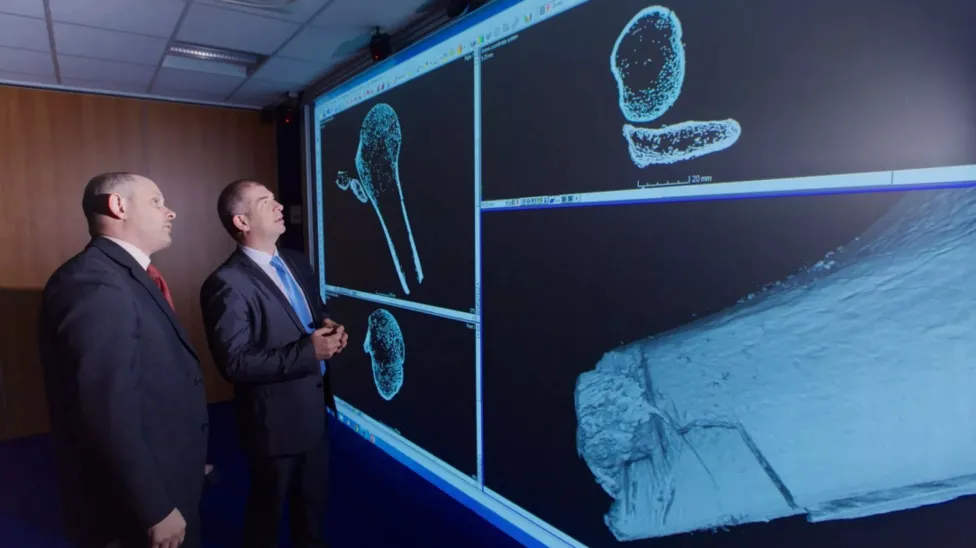Technology from University of Warwick has solved hundreds of murders
Throughout the last decade, 3D imaging technology from the University of Warwick has been used by police investigators to solve over 300 murder cases.
The pioneering scanning technique produced by the Warwick Manufacturing Group (WMG) provides image resolutions “1000 times more detailed than a hospital CT scan”, allowing new evidence to be brought to light.
Used by 30 police forces across the UK since its implementation, the technology allows experts to view injuries more closely.
According to the University of Warwick: “The technology is so advanced that it can show the difference between a wound inflicted with force, versus the typical profile of one delivered by natural causes.”
It was first introduced in 2014, when West Midlands Police were investigating the discovery of a body found in a suitcase in a Birmingham canal. Approached by officers, Professor Mark Williams – Leader of the Centre for imaging, Metrology, and Additive Technology (CiMAT) at WMG – helped with the analysis.
Professor Williams stated: “We were able to help the Police by examining a charred piece of evidence thought to contain bone.
“We discovered that it was a perfect jigsaw fit to another piece of bone in the suitcase, and, using the very high-resolution scanning technology, we were able to show the tool marks on both pieces in micro scale (1/50 of a millimetre).”
The details provided by WMG’s technology led to a successful conviction and a life sentence.
Their advanced 3D scanning technology … has undoubtedly played a key role in convicting killers and helped us better understand the circumstances surrounding other deaths
Mark Payne, Detective Chief Superintendent, West Midlands Police
Since their initial cooperation in 2014, WMG and West Midlands Police have partnered on dozens of murder cases. Detective Chief Superintendent Mark Payne explained: “Since that first case, we’ve continued to work closely with the WMG team over several years.
“Their advanced 3D scanning technology has proved crucial in helping us uncover the truth behind some of our most serious crimes. It has undoubtedly played a key role in convicting killers and helped us better understand the circumstances surrounding other deaths.”
Since May 2019, this partnership has been made official with the opening of the Forensic Centre for Digital Scanning and 3D Printing at the University of Warwick.
The Centre has continued to use “digital prototyping tools and techniques to generate forensic evidence in support of the criminal justice system”.
Since its establishment, it has provided evidence for over 250 homicide investigations in the UK and abroad.

Comments